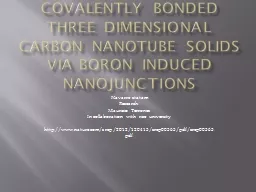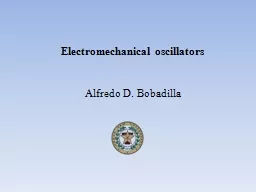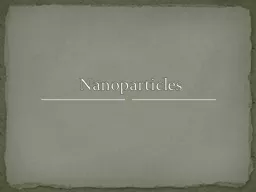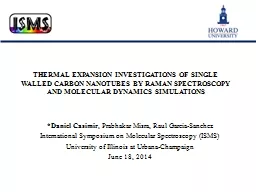PPT-Probabilistic modelling of performance parameters of Carbon Nanotube
Author : mitsue-stanley | Published Date : 2020-04-09
transistors Department of Electrical and Computer Engineering By Yaman Sangar Amitesh Narayan Snehal Mhatre Overview Motivation Introduction CMOS vs CNTFETs CNT
Presentation Embed Code
Download Presentation
Download Presentation The PPT/PDF document " Probabilistic modelling of performance ..." is the property of its rightful owner. Permission is granted to download and print the materials on this website for personal, non-commercial use only, and to display it on your personal computer provided you do not modify the materials and that you retain all copyright notices contained in the materials. By downloading content from our website, you accept the terms of this agreement.
Probabilistic modelling of performance parameters of Carbon Nanotube : Transcript
Download Rules Of Document
" Probabilistic modelling of performance parameters of Carbon Nanotube "The content belongs to its owner. You may download and print it for personal use, without modification, and keep all copyright notices. By downloading, you agree to these terms.
Related Documents














